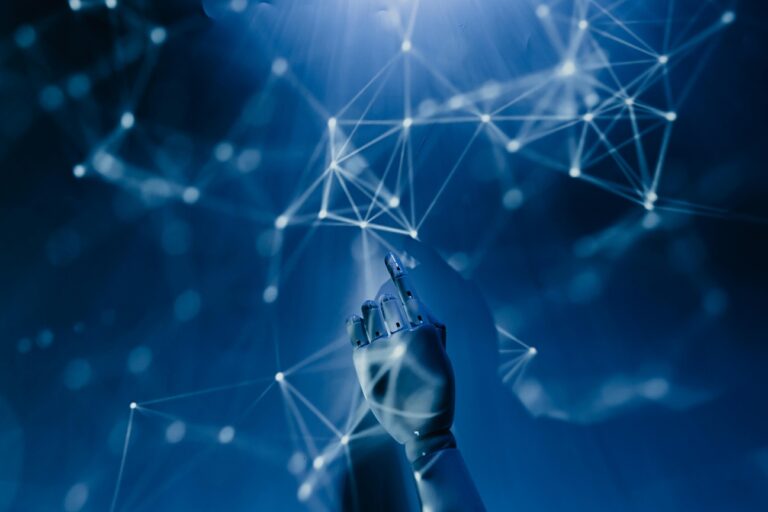Creative workspaces, brands, and agencies thrive on ideas, but without efficient administration and management, even the best concepts can fall short of their potential. For most managers and team leads, the challenge lies in creating an environment where creativity and efficiency coexist. Striking this balance is crucial for delivering innovative work on time and within budget.
Creativity thrives in environments that allow for experimentation and ideation, but without structure, it risks becoming chaotic. On the other hand, rigid processes can stifle the creativity that makes brands and agencies stand out. Finding the balance between both ensures that high-quality, innovative work is delivered consistently and efficiently.
Best Practices for Balancing Creativity and Efficiency
1. Set clear and realistic expectations:
Establish clear and realistic objectives, timelines, and deliverables for every project. This framework gives creatives the structure they need to ideate and execute efficiently. It’s important to develop flexible workflows that guide projects without impacting creative freedom or leading to burnout, and also set achievable milestones for every part of the team.
2. Prioritize communication:
Inefficient communication is a common culprit that causes delayed projects, as well as waste of time and resources. Creating an open communication line between creative and operational teams is essential to ensure everyone understands project goals, timelines, and expectations. Regular check-ins can be very helpful for bridging gaps and resolving issues early.
3. Encourage collaboration:
Build a culture where creatives and operations/management teams work together to problem-solve. Collaborative brainstorming sessions can lead to innovative solutions that meet overall brand or business goals.
4. Implement feedback loops:
Incorporate time for iterative feedback into your project plans. This ensures that work progresses efficiently while allowing room for creative adjustments based on both external and internal input (clients and team members).
5. Leverage technology for efficiency:
Tools for workflow automation, resource allocation, and collaboration between creative teams can help automate repetitive tasks and streamline operations without impeding creativity, ensuring that ideas are consistently generated and well executed.
The Bottom Line
Balancing creativity and efficiency is more about integrating them than choosing one over the other. Administrators (like general or operations managers, project managers, creative directors, and team leads) who master this balance empower their brands and teams to produce exceptional work, meet client expectations, and maintain a collaborative work environment. By implementing these best practices, you can lead your team to consistently deliver innovative solutions without compromising operational excellence.




